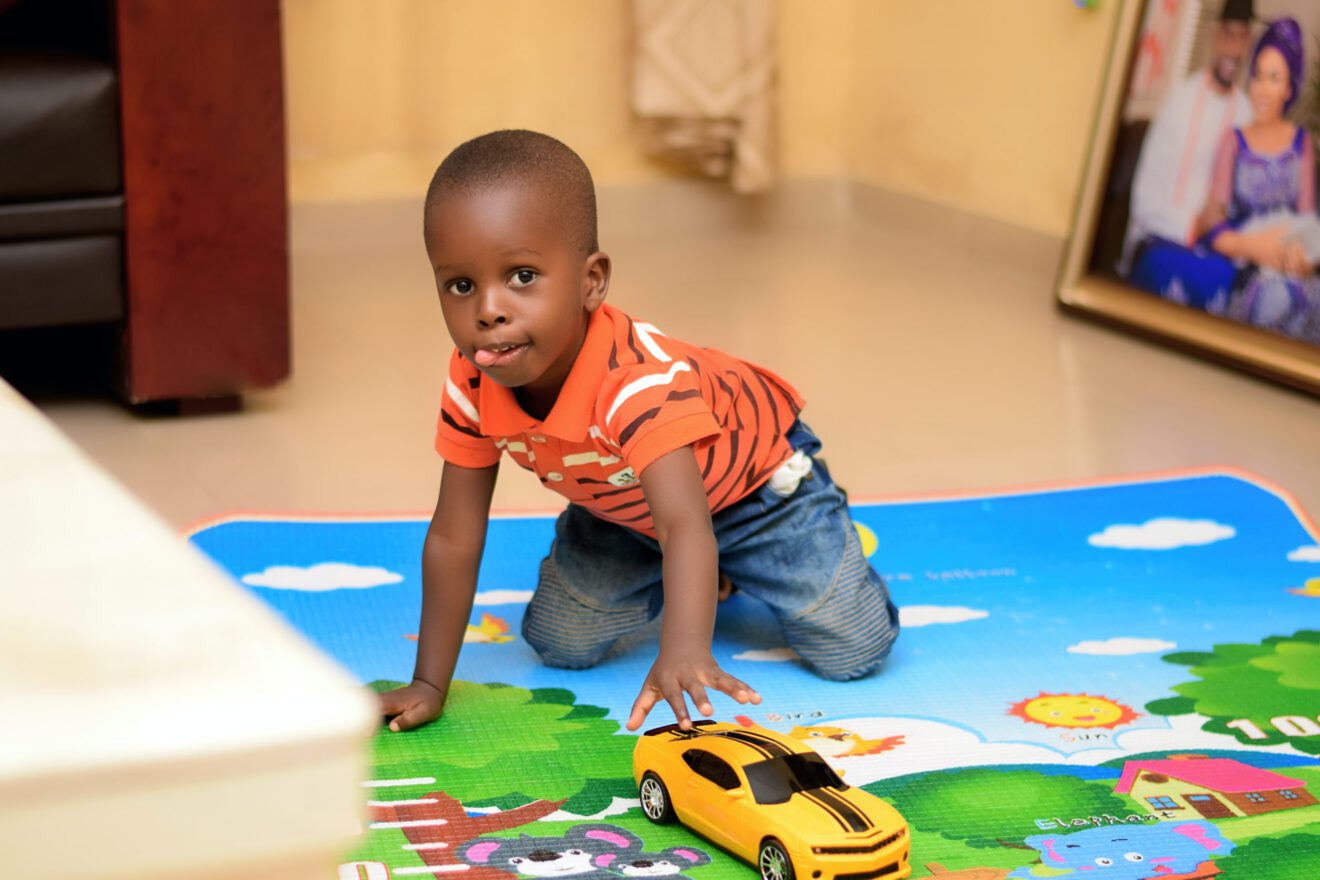As the leader of an early education nonprofit, I was encouraged to see President Joe Biden plan a significant investment in our youngest learners in his proposed American Families Plan, which now has been rolled into the Build Back Better Plan that may be voted on this week. The potentially $200 billion investment could be a generation-defining sum to help children in our country. However, with the focus solely on brick-and-mortar pre-K solutions, I fear the plan likely will not reach all of the children who need it — both now and once the program has been fully implemented.
I appreciate the value and positive intent of achieving universal pre-K, establishing high-quality, site-based preschool programs for every child. But a more equitable, direct and holistic way of framing this issue is determining how we can achieve universal kindergarten readiness. We should leverage the complete set of in-person and digital resources — developed by educators and nonprofits both before and during the pandemic — to ensure that all children have the core skills in academics, social-emotional development and school routines to be kindergarten-ready.
Site-based pre-K can never be universal
Site-based pre-K is a great start and one that works for many children and their families. There are and likely will remain “pre-K service deserts” — much like food deserts — where families simply don’t have reasonable access to pre-K facilities. We can reduce the number and size of those service deserts by building new facilities, but some families always will live in areas too rural to receive effective service. Pre-K also may be out of the question for other students whose caregivers lack adequate transportation, have work schedules that conflict with the local facility’s schedule or any number of other reasons.
Of course, simply sending children to in-person pre-K programs doesn’t always guarantee their readiness for kindergarten. Unfortunately, some programs fail to prepare students academically, socially and emotionally for kindergarten. A more equitable path to universal kindergarten readiness is helping parents or caregivers succeed as children’s first educators no matter whether those children are enrolled in a pre-K program.
Equity means all children get what they need to succeed
Over the years, our nonprofit has found that the appropriate, daily use of our adaptive, online curriculum gives us the ability to meet the needs of students starting as early as age 4 and can ensure that no child falls through the cracks. Families without internet or computer access can receive those resources for free, thanks to our philanthropic and government sponsors.
But success will not come from technology alone. Success requires partnerships we build with families and other individuals involved in the lives of the students we serve. Our family coaches and liaisons reach out weekly to caregivers with three types of messages:
- The initial message is a progress checkup, letting caregivers keep track of the progress their student is making. These messages reinforce for families that the interaction they are having with their child is leading to growth.
- The second type of message provides caregivers with something they can do that is tied to where their students are in the at-home learning program. If the child just learned about the letter B, for example, then the liaison might ask the caregiver to point out words that begin with B the next time they’re out and about, emphasizing the B sound at the beginning of the word. It takes 30 seconds to do that, and it can be empowering for the caregiver while reinforcing for the child that what they are learning is important to the adults around them.
- The third kind of message suggests interactions that are socially and emotionally appropriate for the child. It may be as simple as asking the child to compare different colors and shapes of leaves in the fall. Again, that takes half a minute but allows children to talk about their experiences and thoughts in a way that builds confidence and better prepares them for interaction with others in a classroom.
In pre-K, we’re setting a learning trajectory that children can build upon in kindergarten and throughout their entire academic careers. We’re doing the same thing for their caregivers. Not every caregiver feels equipped to advocate for their children. But by helping adults support their kids academically, socially and emotionally from the very beginning, grownups can mature into their educational roles right alongside the children.
The bonus that comes with having engaged, committed families is having empowered and appreciated teachers. Rather than being solely responsible for the learning needs of 30 children once they enter school, teachers are able to leverage a whole team of engaged caregivers who can help support classroom goals with simple, daily interactions with each child.
In education, we’ve been historically equipped to give all children the same experiences. That’s not equitable, and it doesn’t account for children having different needs. Young learners need both personalized content and personal connections, and the judicious use of technology makes both possible for all children.
Andy Myers is the president and CEO of Waterford.org, an early and elementary education nonprofit with a mission to achieve universal literacy for children through equity, access and family empowerment.
________________________________
Like this article? Sign up for our EdTech news briefing to get news like this in your inbox, or check out all of SmartBrief’s education newsletters, covering career and technical education, educational leadership, math education and more.
More from SmartBrief Education:
